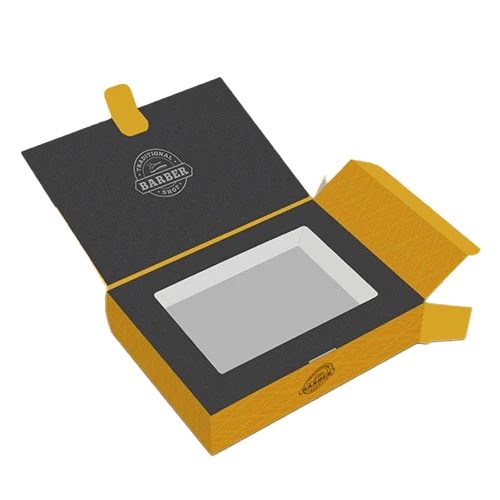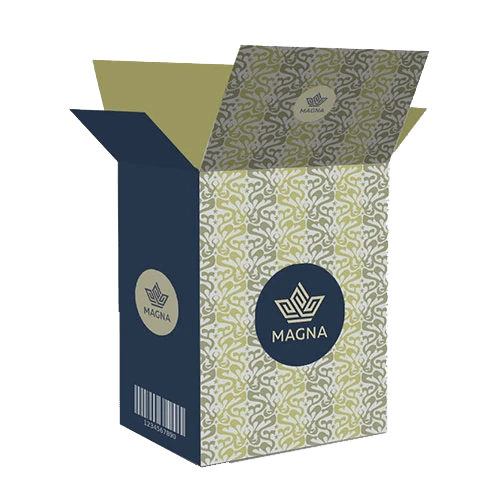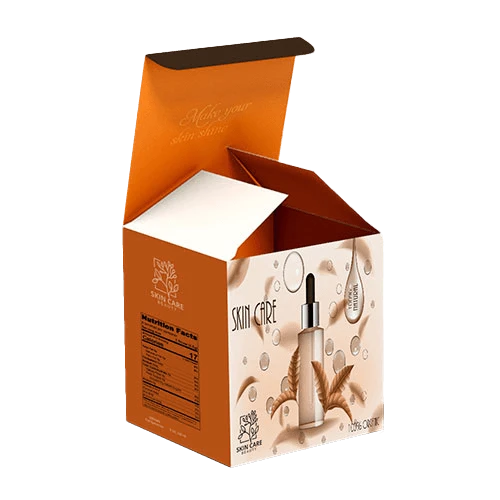
Custom Quote Request Form
Folding Cartons
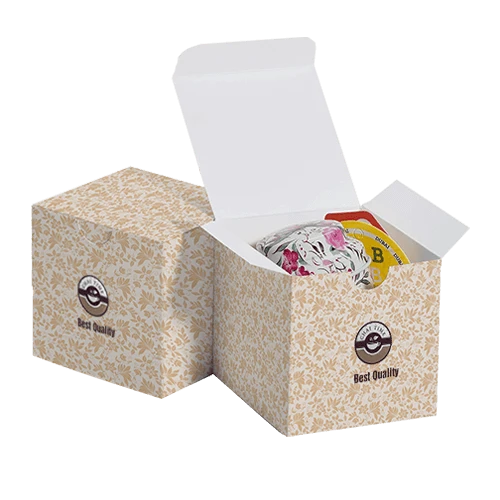


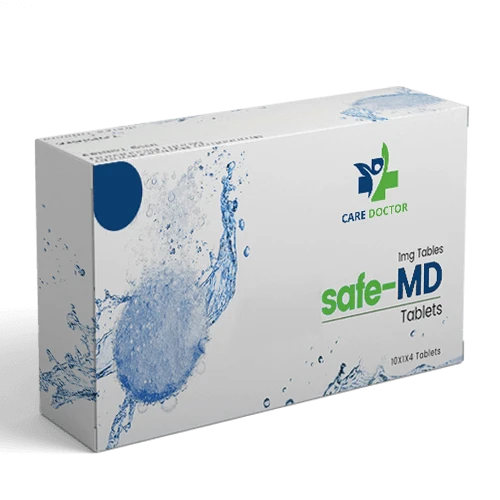
| FAQ's Specification Description Reviews | ||||||||||||
|
Q: Which types of custom folding cartons can Packagingblue produce? A: We can produce numerous styles of folding cartons including: Q: Is white counted as a printed colour? A: The simple answer is that it depends. As white is the default colour of most cardstocks, it is simply recognized as the absence of any ink and not counted as a printed colour. However, when using non-white cardstock, such as kraft cardstock, white ink may be need to be used if any text or graphic requires it. In this case, the white colour will be counted as a printed colour. Q: What options do I have if I am not satisfied with the final result? A: In the unlikely event of defects with your order, we will work with you to rectify any issues arising from any mistakes in our production processes. Please contact your sales representative with the issue details so that we can review the order details and find the best possible solution. Q: What is a window cut-out? A: A window cut-out is a custom shape that has been die-cut and stripped from the carton. This create a see-through window that allows the packaged products to be seen from the outside without opening the cartons. Q: How much time is required for producing custom printed folding cartons? A: Order for a single sample can take 6-8 business days to produce and ship. Bulk orders of branded folding cartons take approximately 10-12 business days to print. Shipping transit time is an additional 3-4 business days. Please note that these are approximate production times and can vary depending on the complexity of the project. If you have timelines that you need to meet, please make sure to discuss any specific requirements with your account representative. Q: What are the general food safety regulations regarding using folding cartons for packaging edible products? A: Australian packaging regulations require that folding cartons must be suitable for their intended use, unlikely to contaminate food, and specifically designed to prevent contamination during the packaging process.. Q: What are the specific Australian National Packaging Goals for 2025? A: Australian national goals for sustainably produced packaging require that by 2025, all packaging materials should be reusable, recyclable, or compostable. Additional targets include the recycling or composting 70% of plastic packaging and attaining a 50% recycled content use in packaging production.
Elevate Your Product Appeal: A Guide to Designing and Material Choices for Folding CartonsA folding carton is a lightweight pre-made cardboard box that can be easily folded and assembled to serve as product packaging. Folding cartons are made by folding and gluing paperboard panels to create a box. These cartons are typically used for packaging various products, including food, cosmetics, and common household items. Depending on the product and intended use, folding cartons are typically made from a combination of paperboard and other materials, such as plastic. These boxes can be printed and decorated using various commercial printing techniques, including offset printing, digital printing, embossing, and foiling. In addition, folding cartons can be manufactured in different shapes and sizes to fit specific products. Folding cartons are an ideal choice for packaging products as they offer numerous benefits both from product marketing and product cost perspective. Folding cartons help improve product appearance and can be used to supplement corporate branding strategies. These cartons are also very cost-effective, particularly when produced in larger production runs. Folding cartons can often be shipped flat and assembled as needed before use. This feature helps reduce shipping and storage costs for unused folding cartons. Folding cartons are also very environmentally friendly as they are often manufactured using recycled materials and are in turn recyclable themselves. Navigating Paperboard Options for Folding Carton ProductionSeveral types of paperboard or cardboard can be used to produce custom-printed folding cartons including:
Designing Eye-Catching and Functional Folding CartonsWhen designing folding cartons, there are several tips to keep in mind. Firstly, it is highly recommended to keep the printed design simple and clean. It makes the boxes more appealing and easier to understand for customers. Using too many colours, fonts, or graphics can be overwhelming. Instead, use minimalistic white space to create a sense of sophistication. Secondly, ensure that high-quality materials are used to produce the boxes. The selected material should match your product and brand aesthetics. For example, packaging for a high-end, anti-aging skincare line should be more sophisticated and luxurious than packaging for a more budget-friendly, everyday skincare line. Thirdly, any labeling should be clear and easy to read and should provide information about the product's ingredients, usage instructions, and warnings. Lastly, consider using recycled, recyclable, or biodegradable materials for your product packaging. Here are some additional suggestions for creating a high-end look for custom-printed folding cartons:
|









